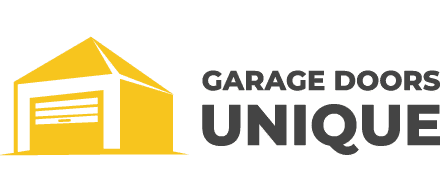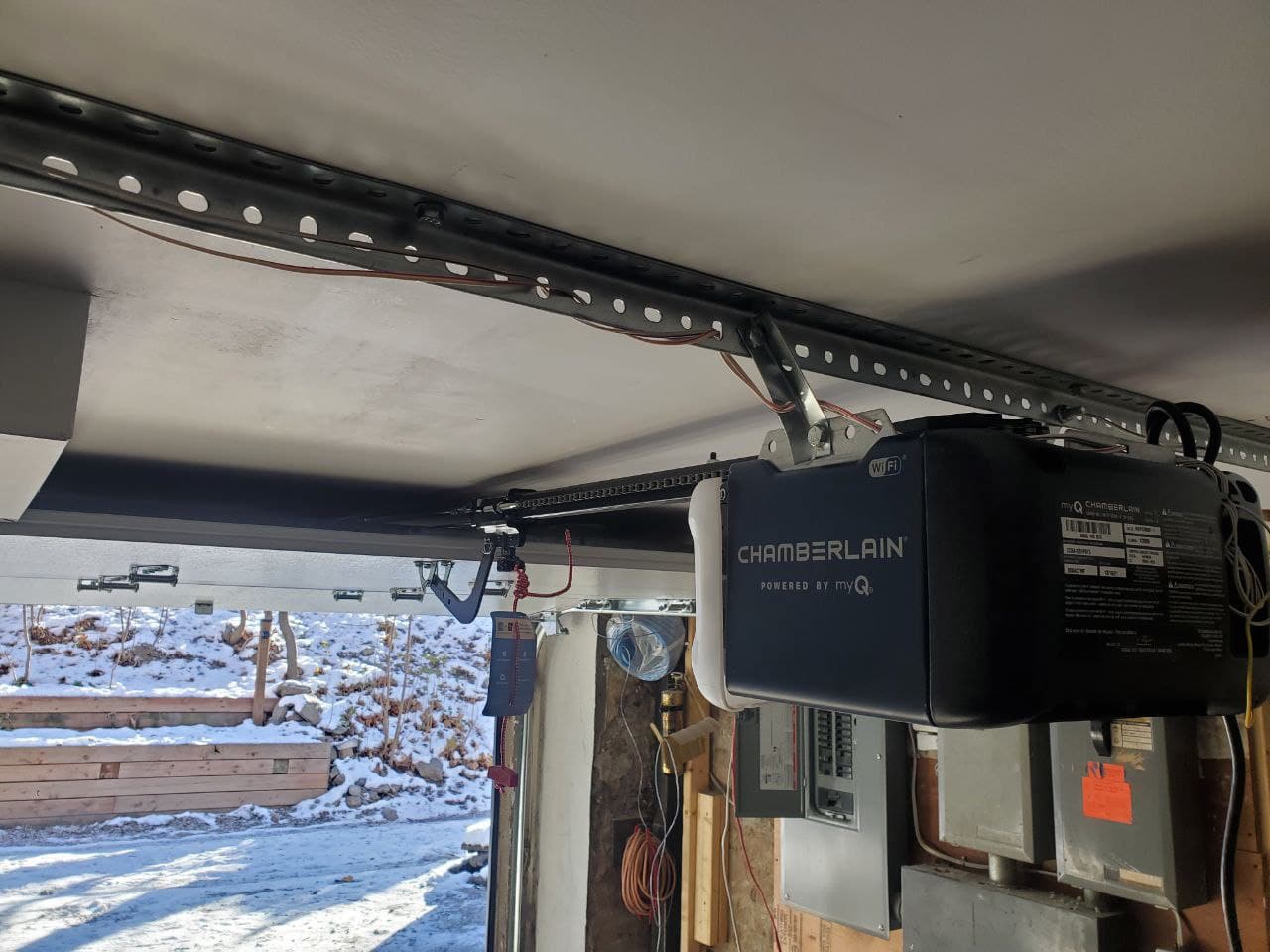As a vigilant homeowner, it's important to watch for signs indicating it's time to repair your garage door. Ignoring these signs can lead to complete door failure and potential safety hazards. Here are seven key indicators that your garage door needs professional attention:
-
Excessive Noise
If your garage door makes loud grinding, squeaking, or knocking noises when it opens or closes, it signals a potential problem. Such noises should not be ignored, as they can indicate serious underlying issues. Contact a professional garage door repair service to diagnose and fix the problem before it worsens.
-
Imbalance
Over time, the springs that assist in opening and closing your garage door can wear out, causing the door to become imbalanced. This imbalance can lead to shaking or uneven movement when operating the door. If your garage door starts to fall or appears misaligned, it's crucial to address the spring issues immediately to avoid safety risks.
-
Incomplete Opening or Closing
If your garage door opens all the way but doesn't close completely, it may indicate a balance problem. This issue can be particularly dangerous if you have pets or small children. An imbalanced door can suddenly fall, causing potential injuries. Get it repaired promptly to prevent accidents.
-
Slow Response Time
A garage door should respond to commands within a second or two after pressing the button. If there is a noticeable delay in opening or closing, it could mean there is an issue with the door or the opener. Slow response times require professional assessment and repair.

-
Dents and Damage
Dents in the garage door tracks can cause operational issues. If your door starts to close and then reverses, it could indicate a problem with the track alignment. Inspect the small wheels on your door to ensure they move smoothly. If you notice any issues, it's time to call a professional for repairs.
-
Wear and Tear on Springs
Garage door springs typically last about 10,000 cycles. Regular wear and tear can shorten this lifespan, especially if the door is used frequently. Rust can also accumulate on the springs, increasing friction and leading to premature failure. Regularly lubricate the springs and check for balance to extend their life.
-
How to Check Garage Door Balance:
- Pull the emergency release cord (with the red handle) to put the door in manual mode.
- Raise the garage door halfway and release it. If the door stays in place, the springs are in good condition. If the door drops, the springs are wearing out and need immediate attention.
-
Incorrect Springs
Using incorrect spring sizes or types can lead to premature failure. A properly balanced garage door should have two torsion springs, one on each side, to evenly distribute the weight. Some installers use a single long spring, which is not suitable for medium to large doors. Always ensure the correct springs are used to avoid serious damage.
Conclusion
Ignoring these signs can lead to major issues and potential safety hazards. Regular maintenance and timely repairs can ensure your garage door operates smoothly and safely. For complex repairs, such as spring replacements or track realignment, always hire professional technicians who have the necessary training and tools to perform the job safely and effectively.






